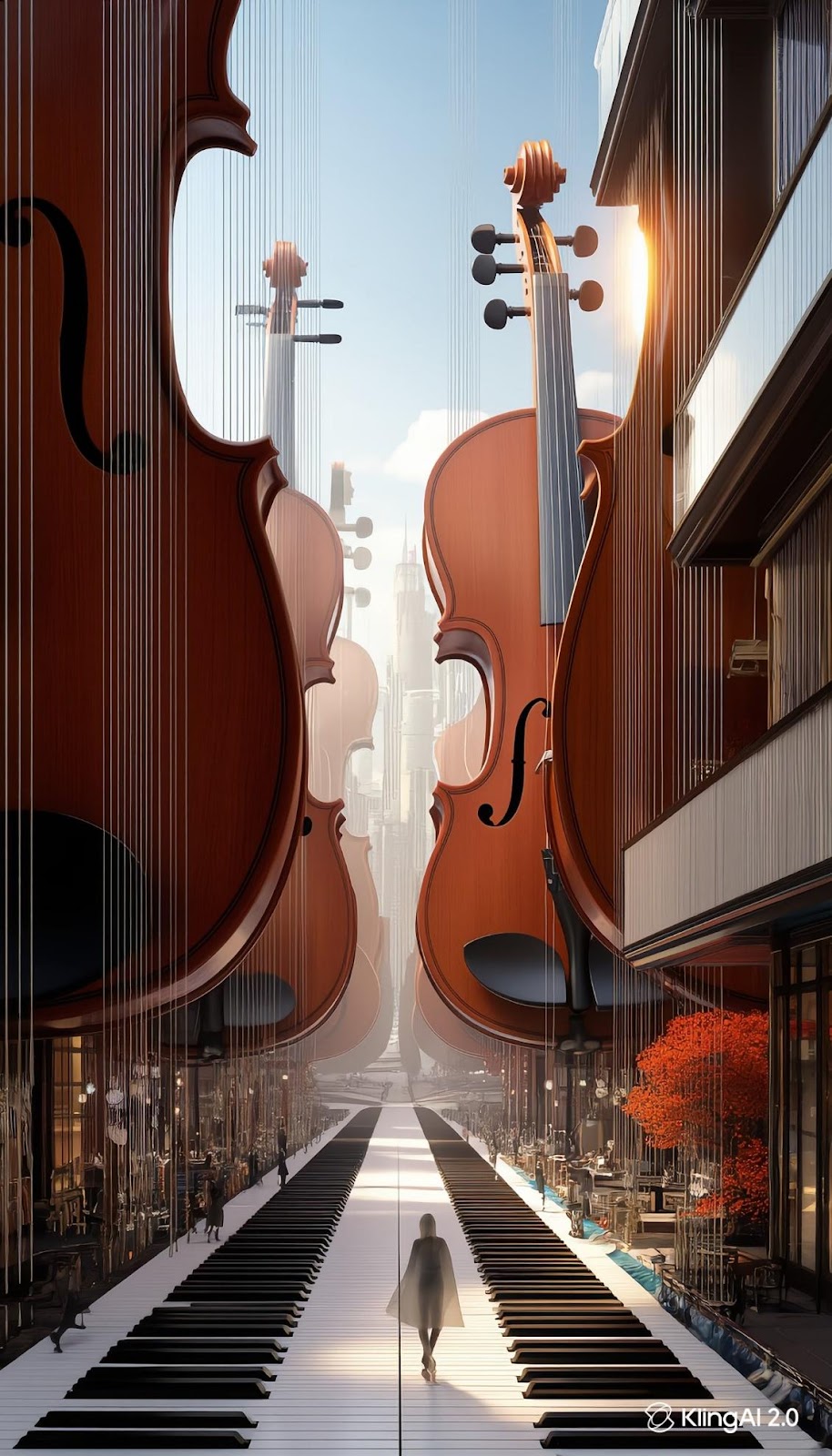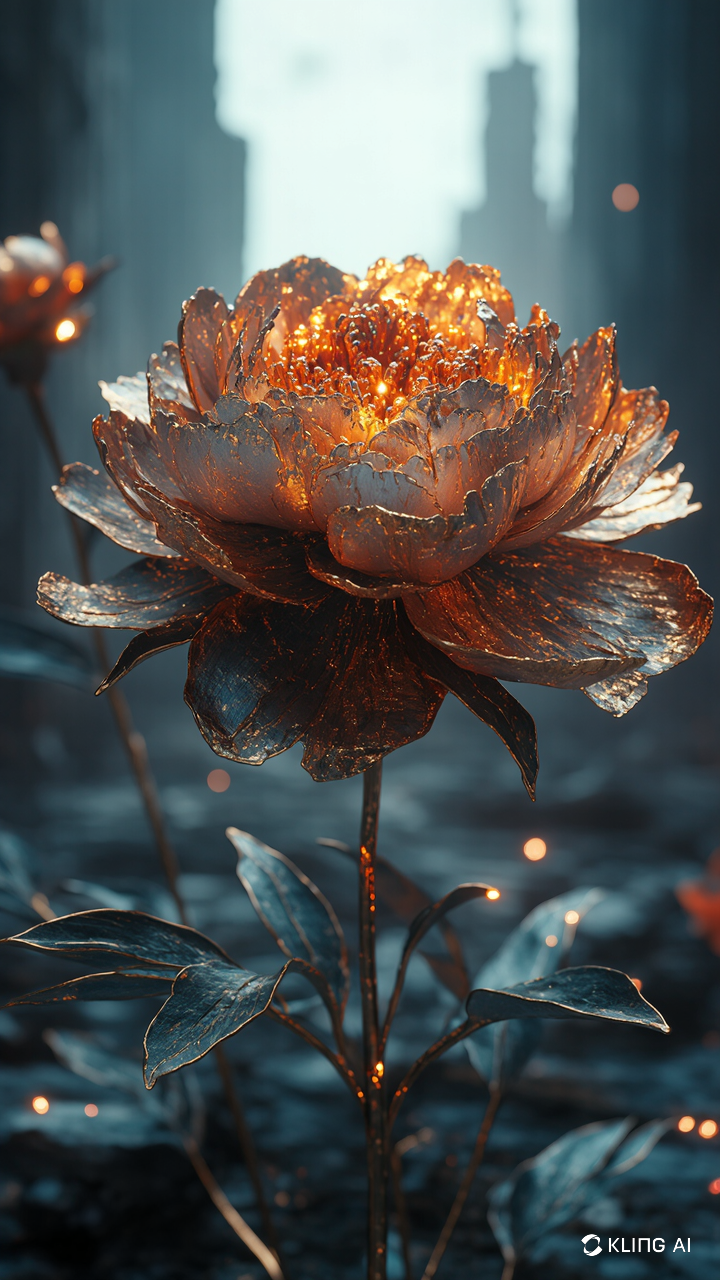The Rising Trend in AI Image Generation Tools

Photo: Freepik.com
The creative industry is currently undergoing a groundbreaking switch, as ARTIFICIAL INTELLIGENCE is changing and transforming the world of the visual from the ground up. Today the pressure seems to be piled ever higher onto the shoulders of content creators, who need to churn out their content at a rapid clip, whilst ensuring it looks good, is fresh and stands out from all the rest. Now, game-changing AI image generator tools have changed the game, providing artists with the ability to create professional visuals in a fraction of the time it used to take. From social media manager to digital artist, marketers are finding themselves completely re-envisioned, thanks to these tools. The present article looks at the development of AI image generation and offers hands-on experience in their use. We'll explore key elements that make AI tools work, explore the vanguard of AI in generating video, and share actionable advice for incorporating these technologies into your creative workflow. Whether you're experienced or just getting started with AI-enabled creation, knowledge of these capabilities is essential to keeping pace in a digital-first world.
The Generative AI Revolution in Visual Content
The development of AI image generation technology represents one of the most radical changes to the creation of creative assets since the advent of the digital age. From initial attempts at neural networks up to today's state-of-the-art deep learning models, the progress has been immense. Image source: Mimi Thian via Unsplash. Industry analysts report triple-digit growth of AI image generation adoption (300% since 2021), with creative professionals driving the trend. This transformation has completely changed traditional imaging processes, cutting both image-making time from hours down to minutes. State-of-the-art deep learning architectures, in particular diffusion models, have attained high-quality images and creative control unseen before. These systems sift through huge troves of image sets and images, learning to create new visuals of their own that can rival or surpass those brought into existence by humans in quality and originality. Revolutionize production timelines. Teams report 70% faster turnaround time on visual content projects. Nonetheless, this fast progress comes with important ethical questions in relation to copyright issues, possible job loss, and the importance of transparency in AI-produced content. The industry must reconcile these interests with the very real advantages of heightened productivity and creative potential, and set forth a framework for responsible AI use that also fosters creativity in visual content development.

Essential Features for Content Creators
Quality Output Requirements
Today, AI image generation models need to be of the highest standard before they can make an impact on the work of the creative professional. At the very least, I would expect to see platforms try to output in 4K resolution (3840x2160 pixels) with uniform sharpness and detail retention. More advanced tools provide variable resolution settings as high as 8K, which allows for awe-inducing images ranging from digital to print applications. It's all about doing your own style, too; they're with style fine-tuning in other artistic aspects, in the brush, in the light, in the composition... Some major platforms use brand asset management systems to ensure that the colors, position of logos and visual identity on generated images are properly managed. Multi-format export options should include typical web formats (PNG, JPEG, WebP) as well as professional ones (PSD, AI) with layers, for some post-processing freedom.

User Experience Priorities
Power without difficulty, this is a design that has to feel like a drag-and-drop and a visual trigger builder which is as easy as it gets. Extensive template libraries and configuration files speed up workflow boot, as some standard use-cases such as social media posts, marketing materials, and editorial content are already pre-configured. Real-time preview and edits give you instant feedback and concurrency in generating images, complete with easy adjustment of composition, color grading, and style controls. Such is the case of the Kling AI, whose interface has been appraised for being very user-friendly and intuitive, letting beginners get professional results without problems. Today's social platforms are designed to have these collaborative elements, with shared workspaces, versioning, and concurrent editing to allow smooth collaboration with other remote creative teams.
Video Generation: The Emerging Frontier
AI image production has a corollary creation in AI video production, the next big thing in content automation. Today's video generation methods rely on image generation approaches and are producing frame-by-frame sequences while keeping temporal coherence. In spite of significant progress, scene consistency is a technical issue which has not been perfectly resolved, and seamless motion transitioning is a topic of further research. Outstanding Timecode Experience. Leading platforms use advanced temporal consistency algorithms to track and maintain object persistence between frames, minimizing artifacts and enabling smooth decade-old movement. Synchronization of audio has advanced to the point of integrating "lip-synch" and movement to spoken word, yet still requires manual clean-up for sophisticated sequences. The creators of content on social media platforms are seeing particular success with short-form content creation, an area in which AI tools are particularly good at creating viral clips less than a minute in duration. These instruments are particularly useful for producing many variations of marketing material, product demonstrations, and lifestyle videos. Early adopters said that up until now it's helped them easily produce content for Instagram Reels and TikTok, as long as there are team members steeped in a brand's voice and emotional draw. With power and trained models, the difference blurs between AI-generated and traditionally produced video, providing for much more advanced applications in the future.
Practical Implementation Guide
Tool Selection Framework
The choice of AI image generation must be considered with an objective evaluation in mind using some criteria. Crucial factors include the quality of output at target resolutions, the speed of processing in batch mode, and an API for workflow automation. Free products usually come with basic image creation, resolution, and style options, while paid versions get access to things like brand asset management, priority processing, and commercial rights. Hardware requirements vary widely in the cloud-based environments as only a stable internet connection is needed, while local processing may require GPU acceleration, with a minimum of 8GB VRAM of the GPU for optimal performance. Think about if the product supports other creative suites through a plugin or through a standard export format.
Workflow Integration Steps
Begin by creating detailed content briefs that outline visual needs, brand guidelines, and specific use cases. Make detailed prompt engineering that includes style prompts, composition prompts, and technical specifications your priority. e.g., "establish a lively outdoor environment with soft natural lighting and shallow depth of field" gives a clear creative direction. Use iterative refinement with A/B testing of various prompts and settings to optimize for objectives. Post-process generated images with color correction, sharpening, and formatting depending on the platform. When posting, use the same metadata and alt text for each image but customize dimension ratios in line with the different platforms. Create a feedback loop for iteratively improving prompt templates and workflow automation based on real-life outcomes and team feedback.
The Future of AI-Powered Visual Creation
AI image generators' rise could well be a turning point in creative production. It's these technologies that have revolutionized how we think about, produce, and disseminate visual content in digital media. And finally, as we've seen, proper execution is critically dependent on appropriate tool selection in terms of the output quality, integration possibilities, and workflow demands. The phenomenal progress in AI points to enormous opportunities for how we can leverage AI to augment human creativity. And looking forward, the combination of these image/video generation capabilities is opening up even more exciting applications for content creators. The trick to success is to adopt these tools and yet add finesse to it, keeping in mind consistency, brand identity, and at the same time staying creative. And for any content producers interested in dabbling a toe in the water but not getting fully wet, testing with a small experiment and gradually increasing usage as outcomes become more established can promote successful transition to AI. The future of visual content is now, and those that strategically utilize AI as part of their creation process will be the frontrunners in tomorrow's world of creativity.





